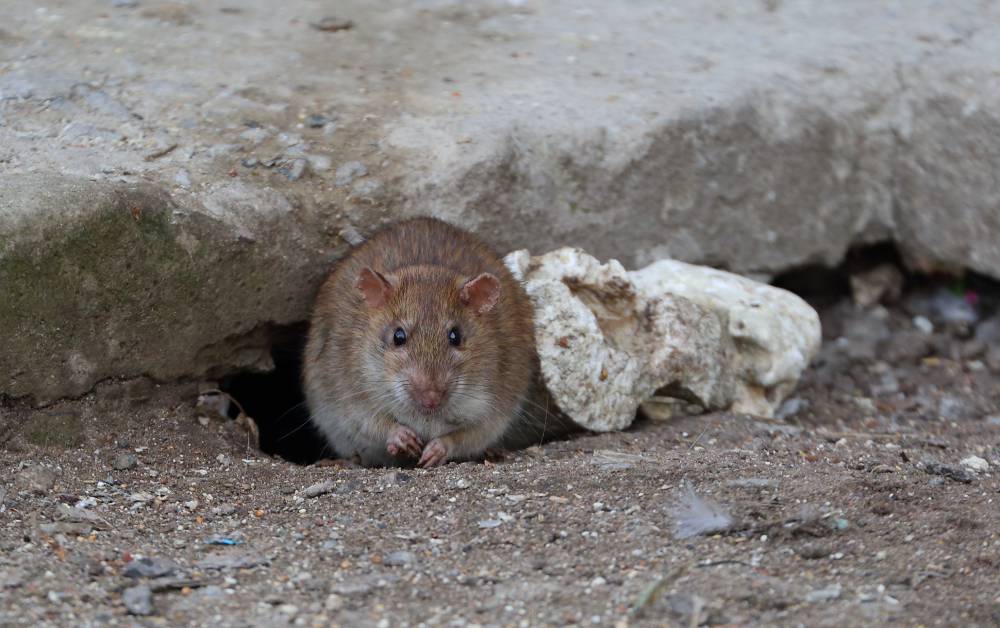Slab-on-grade foundations are popular in Houston, TX due to the region’s clay soil composition and high water table. These foundations consist of a single concrete slab poured directly on the ground at ground level, serving as both the foundation and the floor of the building.
However, a gap or space between the slab and the ground can lead to issues such as moisture infiltration, soil erosion, and structural instability. Learn what to do if you notice a gap under your foundation slab to maintain your property’s stability.
Why You Should Mind the Gap
Over time, voids under the concrete can expand, causing portions of the slab to settle unevenly. Instability can lead to cracks in walls, floors, and other structural components.
Moreover, a voids under the slab can allow moisture to seep under the foundation, resulting in mold growth and wood rot while creating unhealthy indoor air quality. Moisture infiltration can also erode the underlying soil, further exacerbating foundation instability.
Consult a Professional
You can ensure the long-term stability and safety of your property with services from a foundation repair specialist. They utilize advanced tools and techniques to assess the extent of the damage and recommend the most effective repair methods. To find the right specialist, look for licensed professionals with a strong reputation and positive reviews. Then, tell your contractor what you can about the following factors:
- Signs of moisture or water pooling
- Cracks in the foundation or walls
- Uneven or settling flooring above the gap
- Presence of pests or insects
- Indicators of soil erosion or displacement
- The general dimensions of the gap—small and localized or along a large portion of the foundation
Providing detailed observations gives the contractor a preliminary understanding of the problem. This can speed up the assessment process and ensure they come prepared with the right tools and solutions.
Stabilize the Soil
If you notice a void under your foundation slab, improving the soil’s load-bearing capacity can stabilize the foundation. Load-bearing capacity is the soil’s ability to support the weight of a structure without experiencing significant settlement or failure. Soil stabilization involves treating the soil to enhance its load-bearing capacity and reduce its susceptibility to changes.
Polyurethane injection foundation repair involves injecting high-density polyurethane foam into the soil beneath the foundation. The structural-grade foam expands and solidifies, filling voids and densifying the surrounding soil. This treatment ensures the soil beneath the foundation remains stable and supportive for the long run.
Reinforce the Foundation
Polyurethane foam offers a versatile and effective solution for reinforcing foundations by filling voids and stabilizing the underlying soil. It expands and fills hard-to-reach areas, provides widespread support, and mitigates future soil erosion or settlement issues.
Applying the polymer doesn’t require invasive and time-consuming excavations. Instead, a trained technician drills small, penny-sized holes into the affected concrete to inject the polyurethane. The foam cures to 90 percent strength in 15 minutes, minimizing downtime and providing a durable repair.
Addressing a gap under your foundation slab is vital for the long-term stability and integrity of your property. Ignoring such gaps can lead to severe structural damage, moisture infiltration, and costly repairs. A repair technician can deploy polyurethane foam to improve the soil’s load-bearing capacity and level the foundation.

